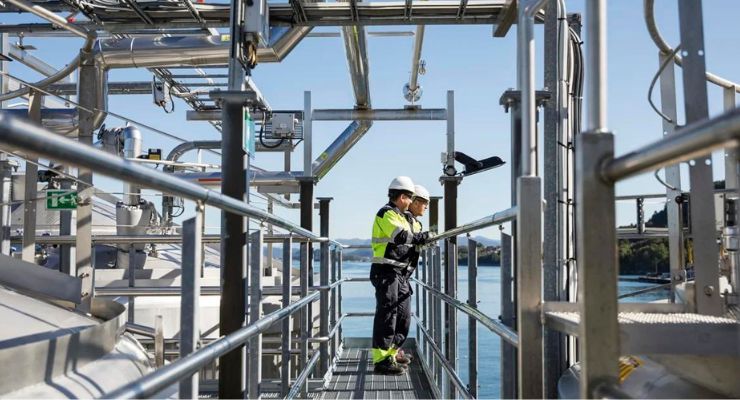Market Updates
Epax Upgrades Omega-3 Facility with Molecular Distillation Technology
The new digital technology monitors thousands of data-points and adjusts the extraction process without the use of excessive heat or harsh chemicals.

By: Mike Montemarano

Epax has announced a major upgrade to its omega-3 fatty acids facility with the launch of a new molecular distillation technology.
The Norwegian marine lipid specialist previously guaranteed omega-3 fatty acid ingredients standardized to 90% minimum triglyceride content. A recent $40 million investment in its facility in Aalesund will increase its distillation capacity, and output of omega-3 concentrates.
The upgrade includes a new quality process technology branded as EQP+Tech. It allows individual fatty acids to be separated from fish oil and ultra-concentrated without the use of excessive heat or harsh chemicals.
The technology is the result of years of research and development, using data from over 1,000 test runs and analyses. Epax’s engineers studied the performance of various fatty acids in the company’s molecular distillation equipment, and determined an optimal balance between pressure, temperature, and time to separate each fatty acid from fish oil while retaining its natural quality.
Based on the research, Epax fine-tuned its re-esterification process and invested in customized equipment. This includes a digital technology with sensors monitoring thousands of data points to make constant adjustments, and allowing in-depth tracking of the re-esterification process to help ensure quality.
The new technology will help Epax continue to guarantee a 90% triglyceride standard across its EPA and DHA products, and develop new highly concentrated omega-3 products for a range of health needs. The process is also suitable for particular application opportunities in delivery systems where sensory properties are important.
“In omega-3 production, the big question is how you balance the never-ending quest for higher concentration with the need for quality and reproducibility. Epax was already a leader in ultra-concentrated omega-3, but this upgrade takes us to a whole new level,” said Bjørn Refsum, CEO of Epax. “To our knowledge, no-one else is using technology as sophisticated as this and the possibilities for manufacturers are huge. They’ll benefit not just from high concentration, purity and consistency, but also great sensory properties, allowing them to create products that meet the growing consumer demand for high-quality Omega-3.”


